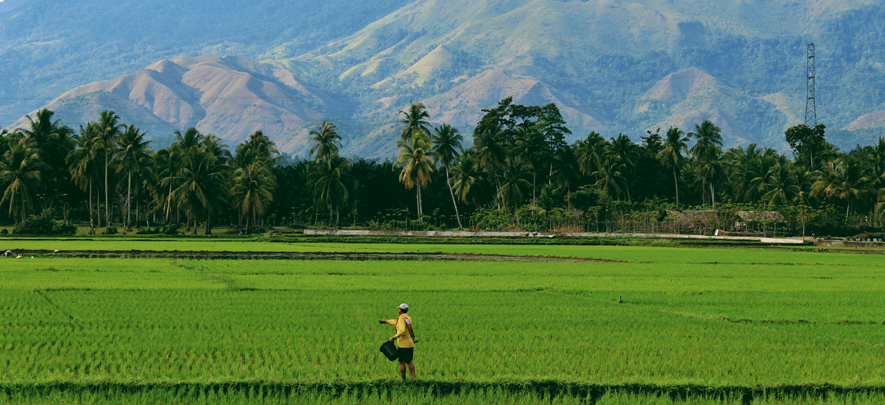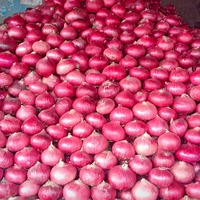Top 6 trends in the Indian agricultural industry for 2019

Agriculture
266 week ago — 5 min read
The history of agriculture in India dates back to the 9000 BC. Over a period of time, techniques and methods of farming changed and currently, agriculture is the basic source of livelihood for nearly 58% of India’s population.
The agriculture sector in India is poised for tremendous growth in the upcoming years. The Gross Value Add (GVA) of this sector was INR 17.67 trillion in the year 2018, over a production base of 285 million tons. This sector is likely to grow at an approximate rate of 2% on a year on year (YOY) basis. Being a key economic driver in India, agriculture needs to adapt to the challenges that it is facing today. And that can only be done by implementing modern technologies and riding the digital wave.
Here are the top six trends that will shape the agriculture industry this year.
1. Digitisation
The systems and techniques of farming in India still constitute a large chunk of farmers relying on age old traditional and conventional methods. Lack of technical know-how, poor irrigation infrastructure and insufficient credit of capital for growth has impacted the agriculture sector negatively. But with digital disruption taking over the economy, most stakeholders now understand that growth in agriculture can only be achieved through digital innovation in this segment. 2019 is likely to see changes in policies, infrastructure development, supply chain management and technology enablement of areas such as quality, traceability, logistics, distribution digital lending and other areas of value chain as well.
2. Price control
In the union budget of 2018-19, the government announced ‘Operation Greens’. Under this scheme, an outlay of INR 500 crore was promoted to Farmer Producers Organizations (FPOs), agri-logistics, processing facilities and professional management. A special scheme for integrated development of tomato, onion and potato (TOP) value chain was also mentioned. This initiative was undertaken to stabilise the supply-demand situation for the above crops.
Another important aspect that will be considered is the development of large scale infrastructure to support the mass storage and movement of perishable items. Currently the cold chain network is not optimally managed and operates on weak efficiencies.
3. Initiatives for water management
Agriculture requires a large quantity of water and consumes nearly 60% of available water resources. But despite this, less than half of the agricultural land in India is irrigated. Pradhan Mantri Krishi Sichai Yojna (PMKSY) was introduced to bring in more area under irrigation. Several other initiatives like watershed management, water conservation, drip irrigation and establishment of water user association can strengthen the agricultural sector. Incentivising and educating farmers on how to use water judiciously can also solve the problem.
4. Climate risk mitigation strategy
Climate change is a grave concern today given its drastic impact on agriculture. From areas facing unseasonal draught to over flooding of lands, the focus in 2019 will be on strategies to overcome climatic challenges. Early warning system for floods and other natural agricultural hazards will be implemented.
5. Farmer producer organisations (FPO)
The FPO is an entity formed by the primary producers like farmers, dairy owners, fishermen, weavers, rural artisans and craftsmen to ensure better income of this group. Leveraging this scheme to connect more farmers will be a good initiative to provide them with business security. Other issues like better insurance plans, access to finance, crop management techniques etc. will be looked at as well.
6. Agricultural exports
Another trend that will be seen in the year 2019 is focus on increasing export of agricultural produce. India has the benefit of low labour cost, mostly favourable climatic conditions and low unit cost of input. Increasing focus on the exports sector will diversify our agricultural operations, generate more jobs and increase India’s share in overall international trade.
India, a growing country, is in a great position to develop agriculture and its other sub-sectors which rely majorly on man power for its growth. Technology coupled with the right skill set can help this sector reap the maximum benefit.
Share your thoughts in the comments section below.
Posted by
GlobalLinker StaffWe are a team of experienced industry professionals committed to sharing our knowledge and skills with small & medium enterprises.
Network with SMEs mentioned in this article
View GlobalLinker 's profile
SME Inspirations
Most read this week
Trending

















Comments (1)
Please login or Register to join the discussion